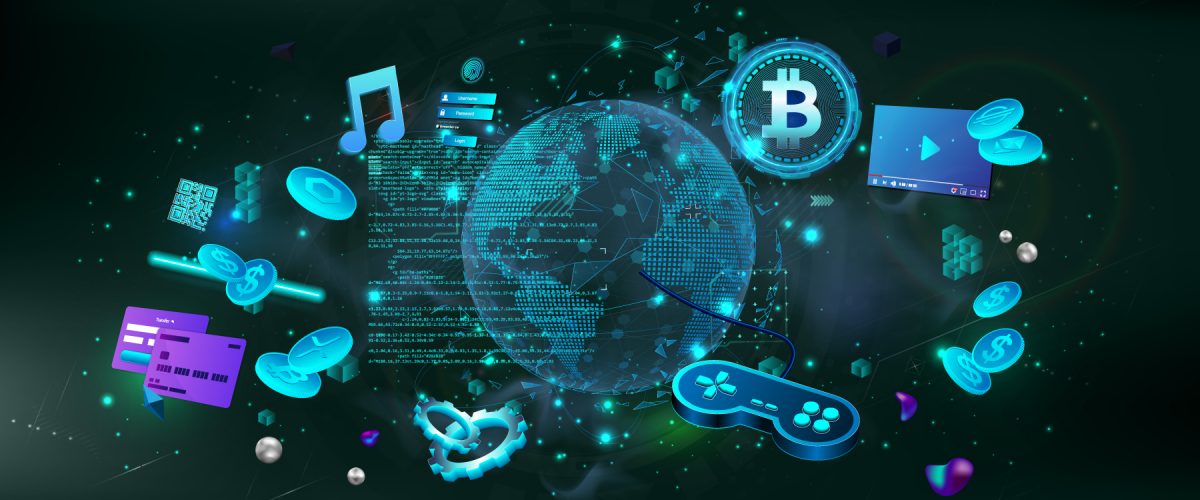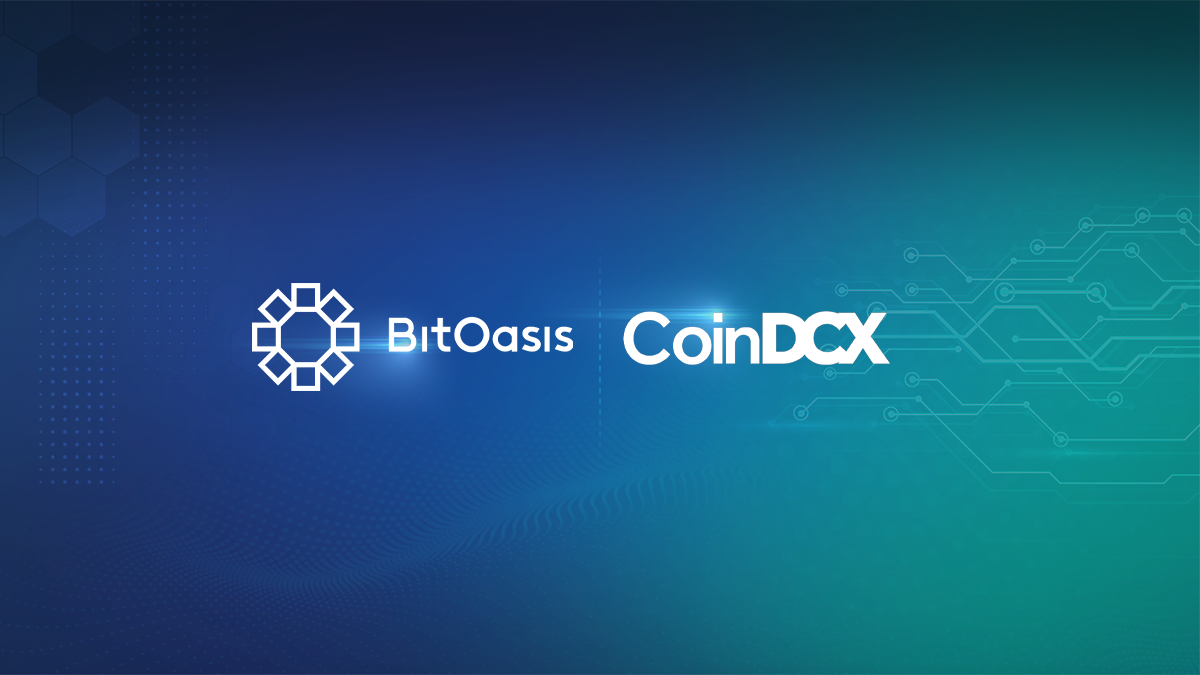Have you ever thought about the future and wondered what it holds? The future looks so promising when we look at the broader picture of Web3 and its long-term prospects. But what exactly is Web3? It’s thought by many to be the most important technological innovation since the birth of the internet. It is so far-reaching in its advantages and possibilities that it can bring about a renaissance in science and technology. Applications will be more immersive and intuitive as the world moves from a 2D desktop computing environment to a 3D VR world.
The idea of Web 3 is to empower the community.
Web 3.0 was coined by Ethereum co-founder Gavin Wood shortly after the blockchain was launched in 2014. According to Gavin, Web3 would be a solution to overcome the dependency on a handful of private companies to act in people’s best interests.
Web 3 platforms are permissionless or free from government authority; these networks don’t include third parties. Web3 apps draw their strength from social consensus, agreeing on standard rules. But before we get too drawn into the hype, let’s explore the potential implications of Web3, its drawbacks, and some possibilities.
Pros:
– Web3 is more secure than the web because it’s decentralized, which means it takes more than attacking a single server to compromise users’ data and info.
– You will own your data and be in control of who can see the data. There are fewer restrictions on what you can do, and you don’t have to worry about your data being used for advertising or sold to other companies.
– Web3’s greater emphasis on privacy and anonymity will better maintain social boundaries.
-Innovation in games, 3D worlds, and decentralized applications will explode, and as the technology is still being refined, Web3 will likely continue to transform according to how people use them.
Cons:
– The technology isn’t quite there yet—the user experience is still clunky and slow.
– There are very few people using Web3 today. That’s because there isn’t much use-case yet for most DApps, but that is changing rapidly as DApps become more user-friendly and more people join them.
But for all this disruption, it’s worth recognizing that Web3 isn’t going to come from nowhere. Instead, it’s going to utilize many of the technologies that are already in use today. If you’re reading this on a screen and using any internet-connected device, chances are good that you, in some small way, contribute to what Web3 is shaping up to be, as it is the most user-centered technology we’ve seen in years.
Also Read: Will Abu Dhabi level up gaming with crypto, NFTS?



